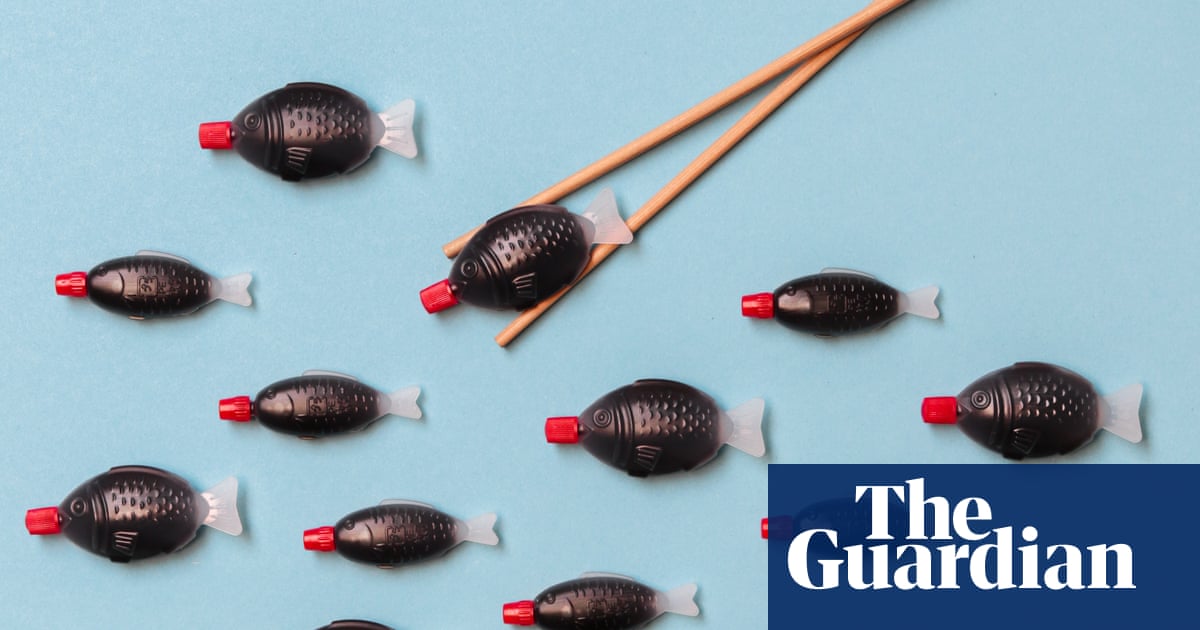- cross-posted to:
- [email protected]
- cross-posted to:
- [email protected]
The device known as shoyu-tai (or soy-sauce snapper in Japanese) was invented in 1954 by Teruo Watanabe, the founder of Osaka-based company Asahi Sogyo, according to a report from Japan’s Radio Kansai.
It was then common for glass and ceramic containers to be used but the advent of cheap industrial plastics allowed the creation of a small polyethylene container in the shape of a fish, officially named the “Lunch Charm”.
The invention quickly spread around Japan and eventually worldwide, and it is estimated that billions have been produced.



Burning plastic does not mitigate its environmental effects, and infact would increase air pollution and microplastics exponentially if we were to start.
I fully agree with the rest, but burning plastic is definitely not the answer.
i too would like any kind of reasonable source about this, because i’ve heard very different from a many colleagues who work in this field.
modern incineration sites are very clean and produce no significant air polluting output. at least in modern sites. microplastics is also not an issue with these. the problem is that the trash gets thrown in rivers and forests where it breaks into microplastics, but that isn’t an issue if it’s all collected and incinerated.
So, did you just come up with that, or do you actually know something about industrial incinerators used for power generation?